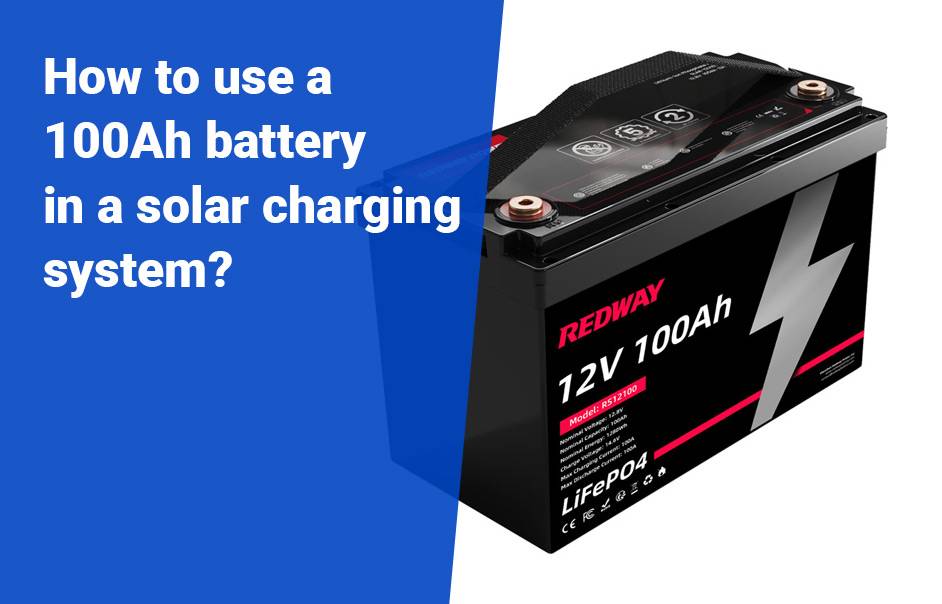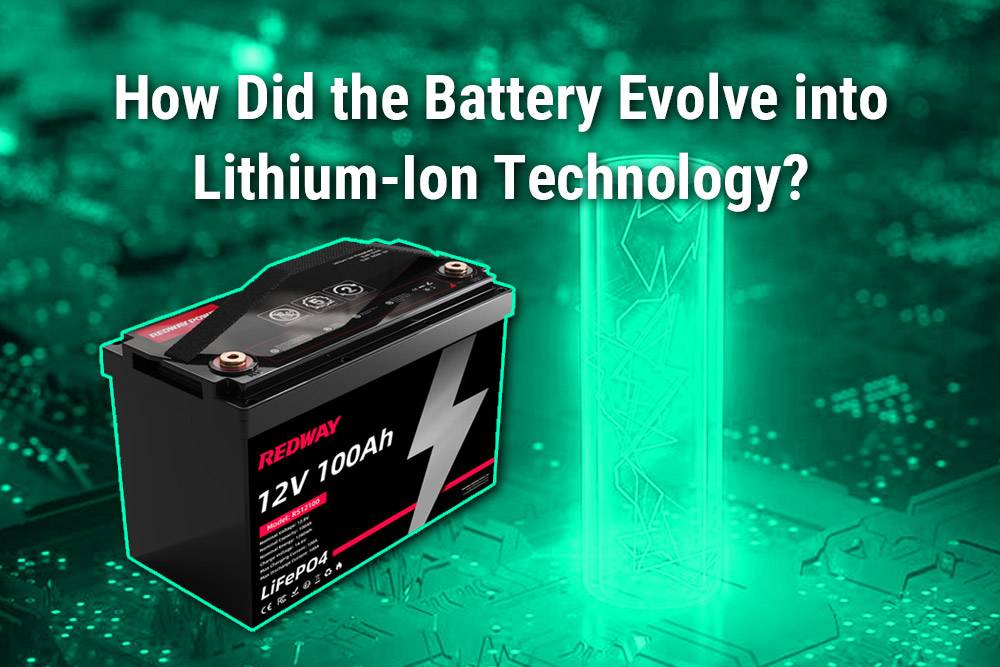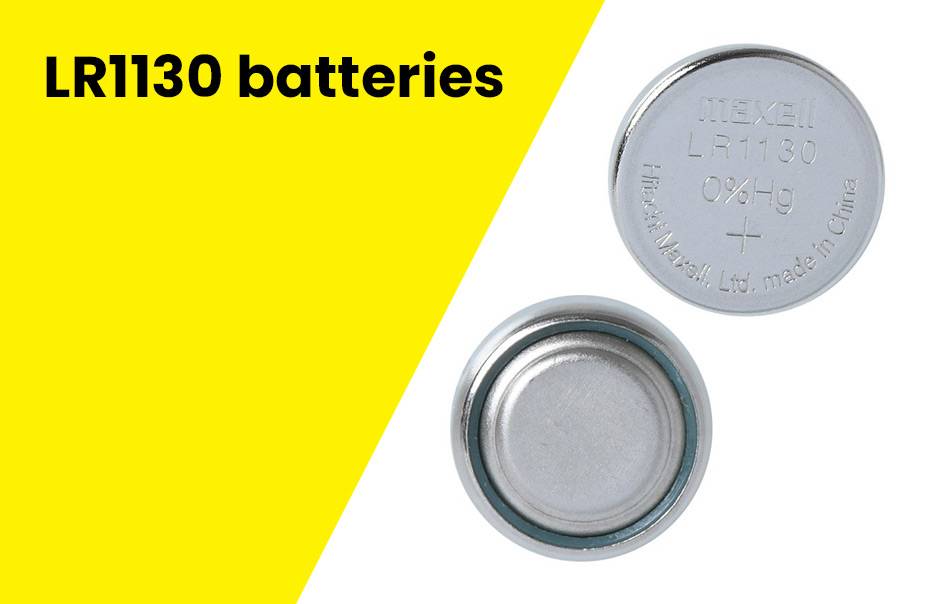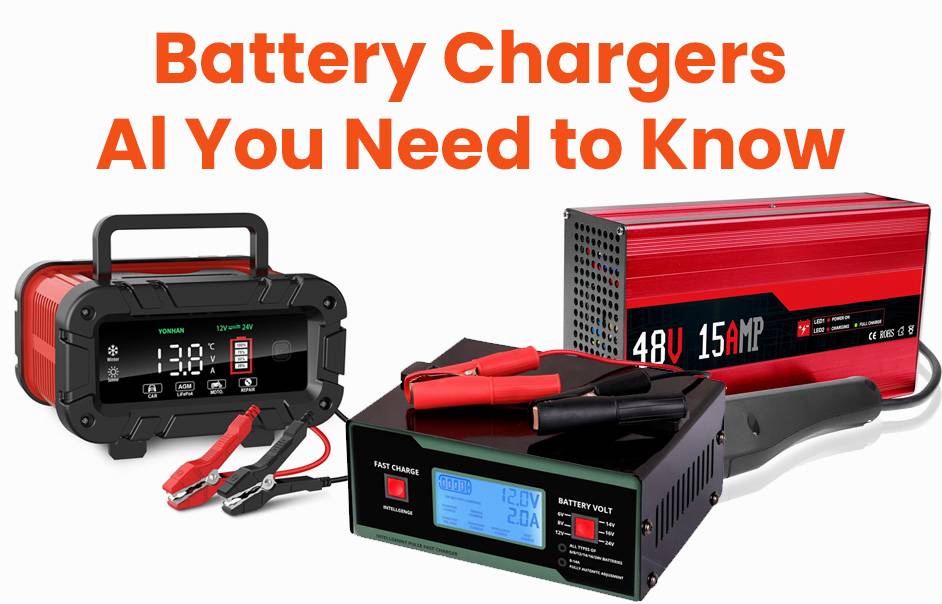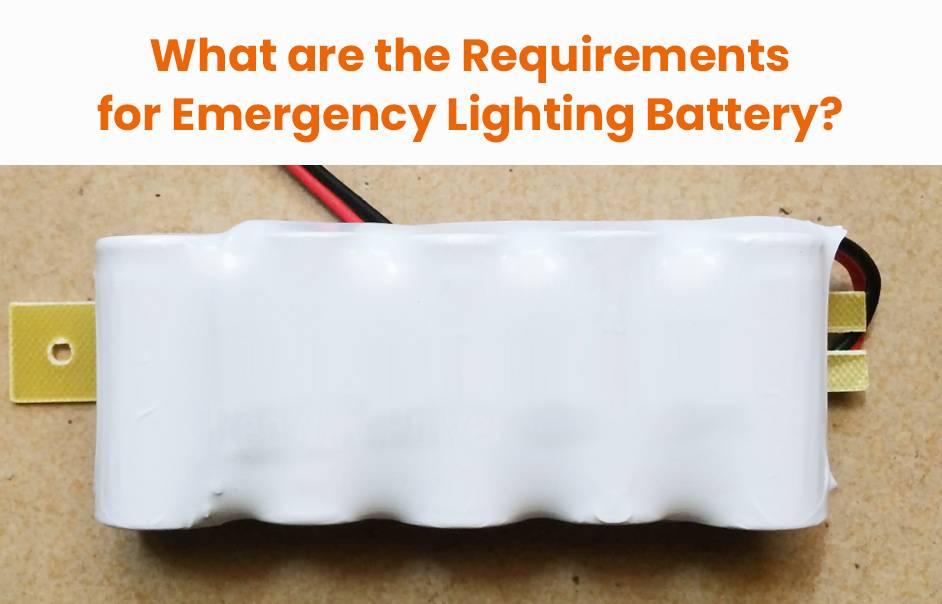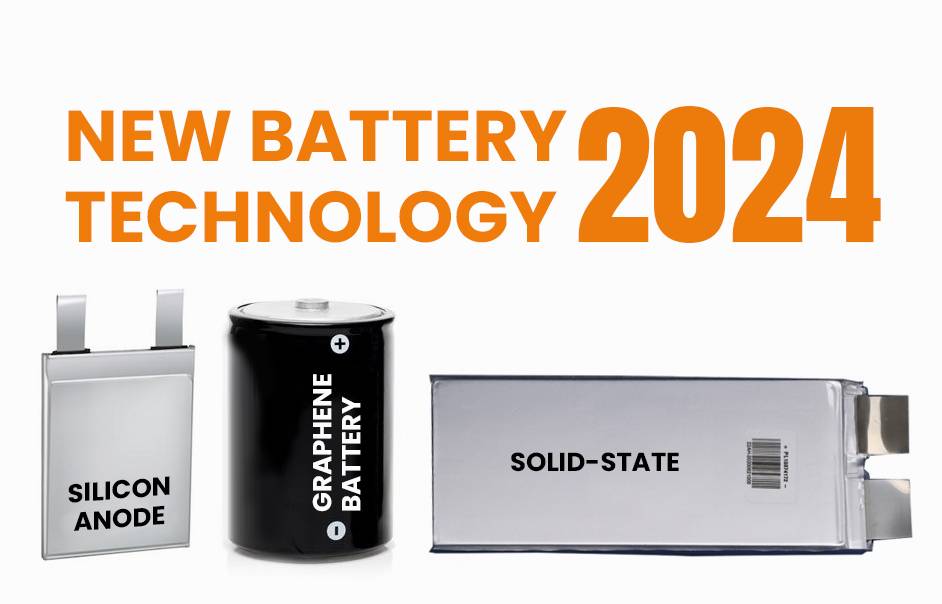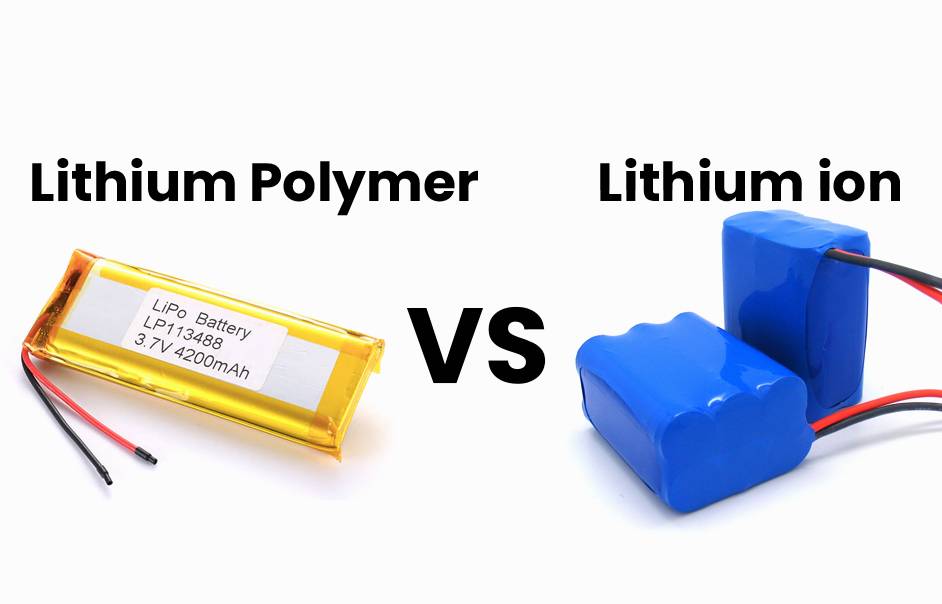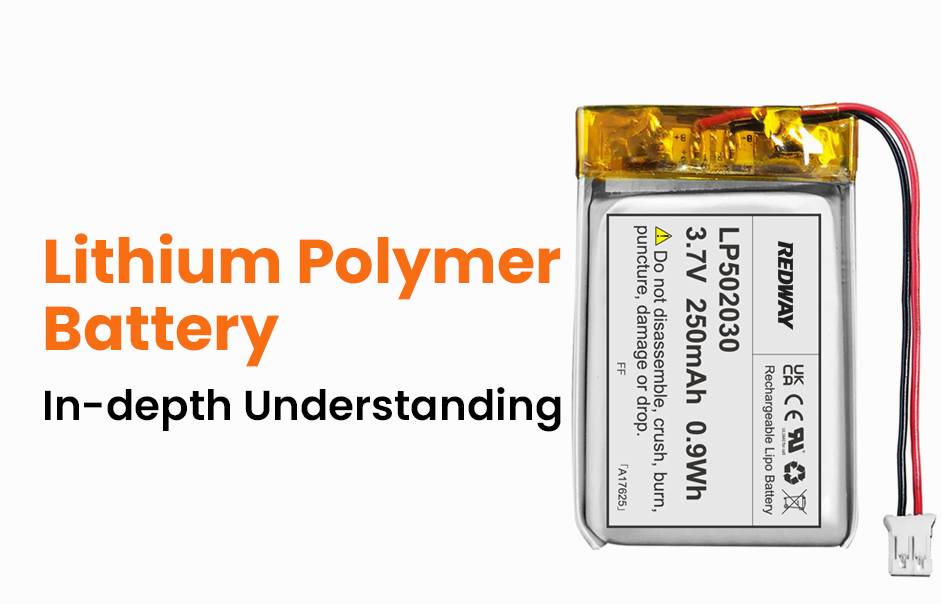Are you curious about the power potential of a 12V 100Ah battery? Wondering just how many watts it can produce? Well, get ready to have your questions answered! In this blog post, we’ll dive into the world of watts and amps, demystify the calculations involved in determining battery wattage, explore the factors that affect it, and even discuss ways to increase its output. Whether you’re planning on using a 12V 100Ah battery for an RV adventure or as backup power during an outage, understanding its wattage capabilities is crucial. So let’s jump right in and uncover the electrifying possibilities!
Understanding Watts and Amps
Watts and amps are fundamental units of measurement when it comes to electricity. Understanding the relationship between these two terms is crucial in determining the power output of a battery.
A watt is a unit that measures the rate at which electrical energy is being used or produced. It represents how much work can be done in a certain amount of time. In simpler terms, watts indicate the actual power being consumed or generated by an electrical device.
On the other hand, amps (short for amperes) measure electric current flow. Think of it as the quantity or volume of electrons flowing through a circuit at any given moment. Amps tell us how much current is passing through a specific point in our electrical system.
To put it simply, if watts represent power, then amps represent the flow or intensity of that power. And when we multiply volts by amps, we get watts – this is known as Ohm’s Law.
So when we talk about calculating battery wattage, we need to consider both its voltage and its amp-hour capacity. The voltage tells us how strong an electric potential difference exists between two points in an electrical circuit, while amp-hours indicate how many hours a battery can provide one ampere of current before needing recharging.
By understanding this basic relationship between watts and amps, we can proceed to calculate the wattage output of our 12V 100Ah battery with greater confidence and accuracy.
Calculating the Wattage of a Battery
When it comes to understanding the wattage of a battery, it’s important to consider both voltage and current. Watts are a unit of power, which is the rate at which energy is transferred or used. In simple terms, watts measure how much work can be done by an electrical device.
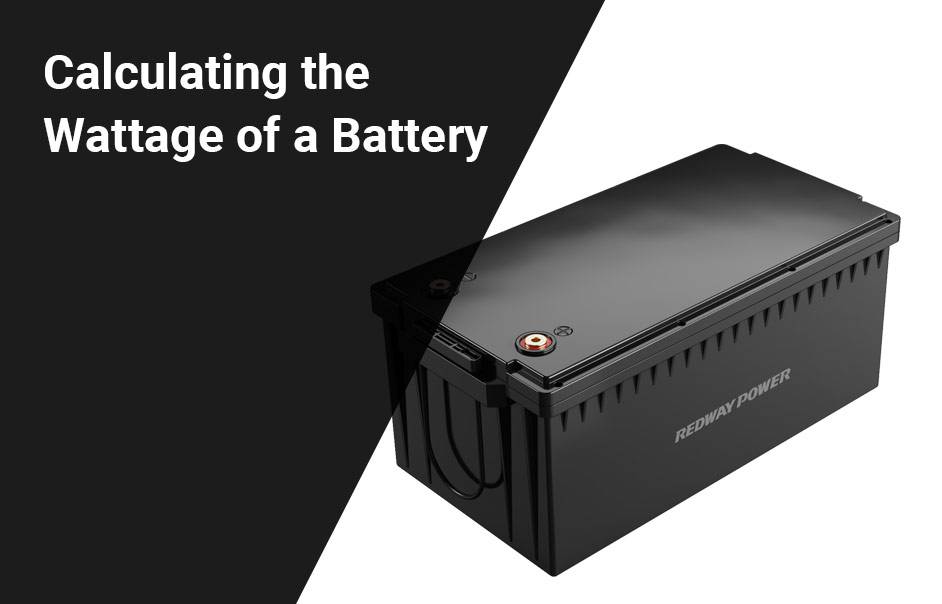
To calculate the wattage of a battery, you need to multiply its voltage (in volts) by its current (in amps). For example, let’s say we have a 12V battery with a capacity of 100Ah. To determine the wattage, we would multiply 12 volts by 100 amps.
The result would be 1200 watts (12V x 100A = 1200W). This means that under ideal conditions, this battery has the potential to deliver up to 1200 watts of power.
However, it’s important to note that in real-world scenarios, various factors can affect the actual wattage output. These factors include temperature fluctuations, internal resistance within the battery itself, and even external load demands.
To maximize your battery’s wattage output and overall performance, there are several things you can do. First and foremost is ensuring proper maintenance and regular charging cycles for your battery. Keeping it clean and free from corrosion also helps optimize its efficiency.
Factors Affecting Battery Wattage
There are several factors that can affect the wattage output of a 12V 100Ah battery. One important factor is the internal resistance of the battery itself. Higher internal resistance means that more energy is lost as heat, leading to lower overall wattage output.
Another factor to consider is the temperature at which the battery operates. Extreme temperatures, whether hot or cold, can have a significant impact on battery performance. In colder temperatures, batteries may have reduced capacity and lower wattage output. On the other hand, high temperatures can cause increased self-discharge and shorter lifespan.
The age and condition of the battery also play a role in determining its wattage output. As batteries age, their capacity tends to decrease over time, resulting in reduced power delivery. Regular maintenance and proper storage practices can help prolong battery life and maintain optimal wattage performance.
Additionally, it’s important to consider how the battery is being used and what devices or equipment it powers. Different applications require varying levels of power consumption, so understanding your specific requirements will ensure you choose a suitable battery with sufficient wattage capacity.
It’s worth noting that using multiple batteries in parallel or series configurations can increase overall wattage output. By connecting batteries together correctly, you can access higher voltage or greater current flow for powering larger loads.
How to Increase Battery Wattage
If you’re looking to increase the wattage of your 12V 100Ah battery, there are a few things you can do. One option is to connect multiple batteries in parallel. By doing this, you effectively increase the capacity and overall power output of your battery bank.
Another way to boost battery wattage is by using an inverter. An inverter converts the DC (direct current) power from your battery into AC (alternating current) power that can be used for various devices. With a higher wattage inverter, you’ll be able to draw more power from your battery.
Additionally, optimizing your charging system can help maximize the available wattage from your battery. This includes using a high-quality charger that is specifically designed for deep cycle batteries like the 12V 100Ah.
Regularly maintaining and monitoring your battery’s health will ensure it operates at its maximum potential. This includes checking the electrolyte levels, cleaning terminals, and preventing overcharging or discharging.
By following these steps and considering factors such as wiring size and resistance losses, you can effectively increase the wattage output of your 12V 100Ah battery!
Uses for a 12V 100Ah Battery
A 12V 100Ah battery is a versatile power source that can be used in various applications. One common use for this type of battery is in recreational vehicles (RVs) and boats. These batteries can provide the necessary power to run appliances, lights, and other electrical devices while on the go.
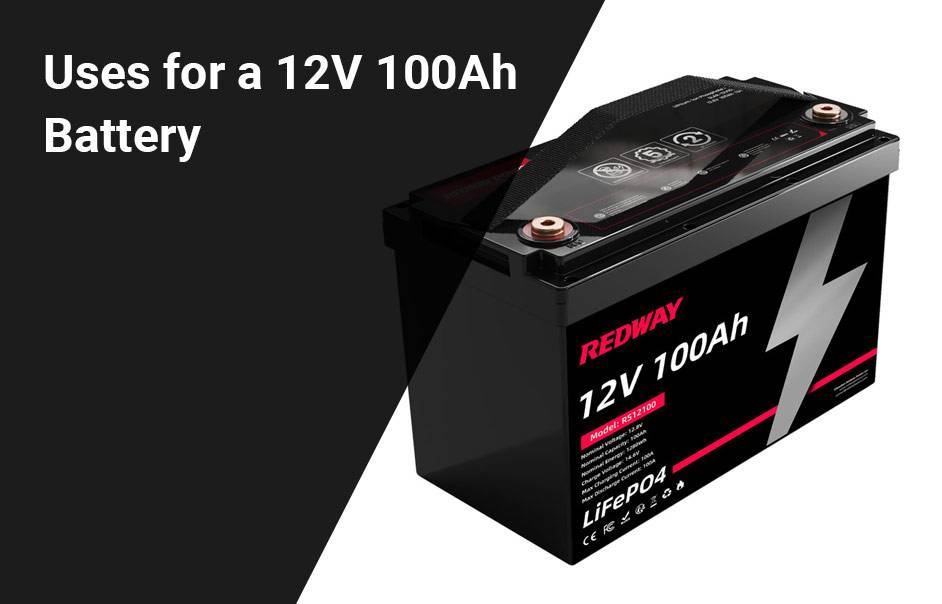
Another popular use for a 12V 100Ah battery is in off-grid solar systems. These batteries store energy generated by solar panels during the day and release it as needed at night or during periods of low sunlight. This allows homeowners to have a reliable source of electricity even when they are not connected to the grid.
Additionally, these batteries are commonly used in backup power systems. When there is a power outage, having a reliable backup system is essential to keep critical appliances running, such as refrigerators or medical equipment.
Furthermore, portable electronics such as camping gear or outdoor lighting often rely on smaller versions of these batteries for their power needs. They are lightweight and compact, making them ideal for powering devices while on-the-go.
Safety Considerations with High Wattage Batteries
When dealing with high-wattage batteries, safety is paramount. Here’s a concise guide to crucial considerations for ensuring the safe use of a 12V 100Ah battery.
- Proper Ventilation:
- Ventilation is Vital: High-wattage batteries generate heat. Ensure sufficient airflow to prevent overheating during operation.
- Overcurrent Protection:
- Guard Against Excess Current: Install overcurrent protection like fuses to prevent damage from excessive currents, minimizing fire hazards.
- Correct Wiring:
- Secure Connections: Ensure all wiring is correct and secure to prevent voltage drops, power loss, or electrical shorts.
- Avoid Overcharging/Discharging:
- Mind Charging Limits: Charging beyond capacity can lead to explosions. Avoid overcharging and discharging below safe levels to prevent irreversible damage.
- Use Appropriate Equipment:
- Match Equipment: Use equipment designed for high-power loads when utilizing batteries for specific applications, enhancing safety.
- Regular Maintenance:
- Inspect and Maintain: Regularly inspect and maintain high-wattage batteries to detect issues early, ensuring optimal performance and reducing accident risks.
FAQs
How long does it take to charge a 100Ah battery using solar panels?
To determine the charging time required for a 100Ah battery using solar panels, we can look at a specific scenario. Suppose we have a 12V 100Ah lead acid battery that has been discharged to 50Ah. If we utilize a 100W solar panel under optimal sunlight conditions, it would generate an output of around 8.33 amps.
To estimate the time needed to recharge this battery, we can divide the remaining capacity (50Ah) by the charging current (8.33 amps). This calculation yields approximately 6 hours for a full recharge. However, in practice, the actual charging time may fall between 6 and 7 hours due to factors like variations in sunlight intensity. It’s worth noting that the charging process can be expedited by employing multiple solar panels to increase the overall charging capacity.
What size solar panel to charge 100Ah battery?
To determine the size of a solar panel needed to charge a 100Ah battery, one should consider the solar panel’s power output, measured in watts, under optimal sunlight conditions. By multiplying the wattage rating of the solar panel by the average number of hours of direct sunlight it receives daily, you can calculate the total solar energy output generated by the solar panel. For instance, a 100 watt solar panel exposed to 5 hours of sunlight each day would produce a total output of 500 watt hours (Wh). This output can be used to charge a 100Ah battery efficiently while considering factors such as charging efficiency, battery charge controller losses, and potential weather variations. By ensuring the solar panel’s output matches or exceeds the energy requirements necessary to charge a 100Ah battery, you can effectively harness solar power for your battery charging needs.
What are the different types of deep cycle batteries?
Different types of deep cycle batteries include lead acid and Lithium Iron phosphate (LiFePO4) batteries. Lead acid batteries are generally more affordable, while LiFePO4 batteries are more expensive upfront but have a longer lifespan, recharge faster, and provide better performance. It’s important to consider the chemistry of the deep cycle battery as it directly impacts its efficiency and effectiveness. For more detailed information on the comparison between Lithium and Lead Acid batteries, you can refer to “The Complete Guide To Lithium Vs Lead Acid Batteries” by Power Sonic.
How many batteries do I need to power multiple appliances?
To determine how many batteries you need to power multiple appliances, it’s essential to calculate the total power consumption of your appliances per day.
Start by listing all the appliances you plan to use in your RV and determine the number of amps each appliance requires to run. Multiply this by the number of hours you intend to use each appliance daily to find the total power consumption for that appliance. For example, if a laptop uses 5 amps and you plan to use it for 3 hours a day, the total daily power consumption for the laptop would be 15 amp hours.
Once you have calculated the daily power consumption for each appliance, add them up to find the total power consumption per day in amp hours. This total will help you choose the right battery or batteries to meet your electrical needs.
It’s important to consider that lead acid batteries should not be discharged beyond 50% of their total capacity. To determine the actual usable capacity of a lead acid battery, divide its listed amp hours by two. For instance, a 100Ah lead acid battery will provide you with 50Ah of usable capacity.
On the other hand, Lithium iron Phosphate batteries can be discharged to lower levels compared to lead acid batteries. Refer to the manufacturer’s recommendations to find out how low these batteries can be safely discharged. This information will guide you in deciding on the number and type of batteries required to power your multiple appliances efficiently.
How long will a 100Ah battery last?
A 100Ah battery has a capacity of 100 ampere-hours, meaning it can supply a current of 1 amp for 100 hours, 2 amps for 50 hours, or 100 amps for just one hour. The duration a 100Ah battery will last depends on the electrical requirements of the devices connected to it. For example, if your laptop consumes 5 amps of power and you use it for 8 hours a day, you would need 40Ah of battery capacity to power it for a full day. In this scenario, a 100Ah battery could run the laptop continuously for about 2.5 days before it requires recharging. Therefore, the actual duration a 100Ah battery will last varies based on the power consumption of the devices being powered and the intended usage patterns.
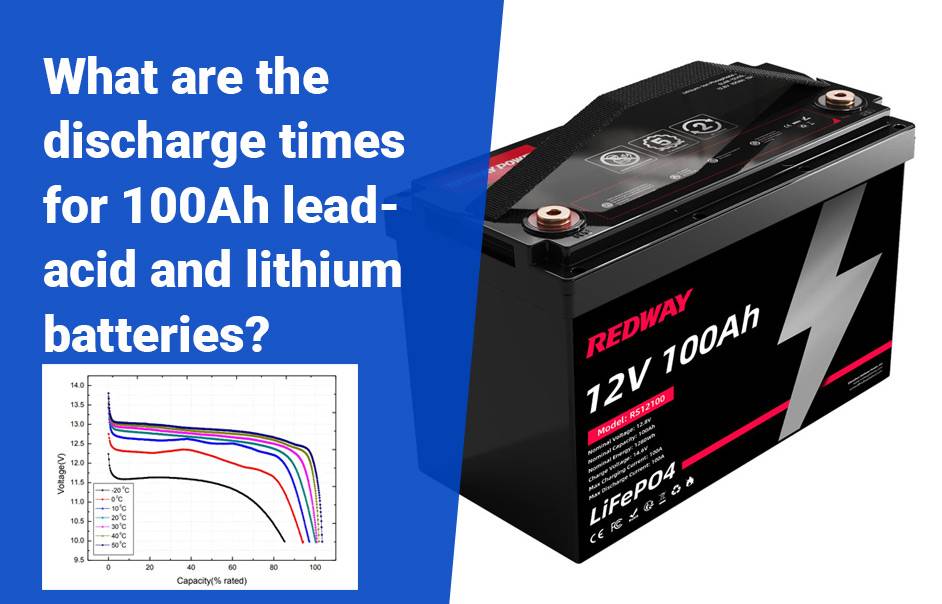
Why is it necessary for the appliances to match the voltage source?
It is important for appliances to match the voltage source to ensure proper functionality and safety. Appliances are designed to operate at a specific voltage level, and using a mismatched voltage can lead to damage or malfunction. For example, if an appliance requiring 12 volts is connected to a 6-volt source, it may not power on or operate correctly. On the other hand, connecting a 6-volt appliance to a 12-volt source can potentially cause it to overheat or fail due to the excess voltage.
Matching the voltage source to the appliance specifications ensures that the electrical components receive the correct power they are designed for, leading to optimal performance and longevity. Additionally, using a compatible voltage source reduces the risk of electrical hazards such as short circuits, electrical fires, or damage to the appliance itself. Therefore, it is necessary for appliances to match the voltage source to guarantee safe and efficient operation.
How is the flow of electricity similar to the flow of water?
The flow of electricity can be understood by drawing a parallel to the flow of water through a hose. In this analogy, amps can be likened to the speed at which water flows through the hose, voltage is comparable to the water pressure within the hose, and watts indicate the quantity of water passing through the hose. Amp hours provide insight into the total amount of water that would flow through the hose within an hour. This comparison helps to illustrate the concepts of electrical flow in a tangible and relatable way, making it easier to grasp the complexities of electricity through a familiar scenario involving water flow.
What is an Amp Hour?
An Amp Hour, also referred to as an ampere hour (Ah), is a unit of measurement that indicates the capacity of a battery to supply a certain amount of current for one hour. To understand what an Amp Hour represents, it’s essential to grasp a few fundamental electrical terms.
Amps (amperes) quantify electrical current by measuring the rate at which electrons flow through a conductive material. Volts measure voltage, representing the difference in electrical potential or the electron quantity between two points in a closed electrical circuit. Watts, another unit of measurement, gauge the power produced as a result of the flow of amps through the electromotive force of volts. Calculating watts involves multiplying the number of amps by the number of volts.
In summary, an Amp Hour provides insight into a battery’s capacity to deliver a specific current output for one hour, thereby representing one of the critical aspects in determining the performance and endurance of a battery.
What does 100Ah mean on a battery?
When a battery is labeled as 100Ah, it signifies that the battery has a capacity of delivering a current of 100 amperes for one hour. Alternatively, this battery can provide a current of 50 amperes for two hours, or 10 amperes for 10 hours. In essence, the 100Ah rating indicates the amount of current the battery can supply over a specific duration before needing to be recharged.
What are the different types of RV batteries?
When it comes to RV batteries, there are typically two main types that you’ll find onboard: starting (SLI) batteries and deep cycle batteries. Starting batteries are specifically designed to deliver quick bursts of energy, making them ideal for starting the engine. However, they are not well-suited for serving as a house battery in RVs. This role is typically filled by deep cycle batteries.
Deep cycle batteries are engineered to provide smaller amounts of power consistently over a longer period of time. These batteries, often rated in ampere-hours (Ah), are commonly used to power various appliances inside the RV such as lights and clocks. Unlike starting batteries, deep cycle batteries are capable of handling constant, lower-power draws making them an essential component for powering the living quarters of an RV.
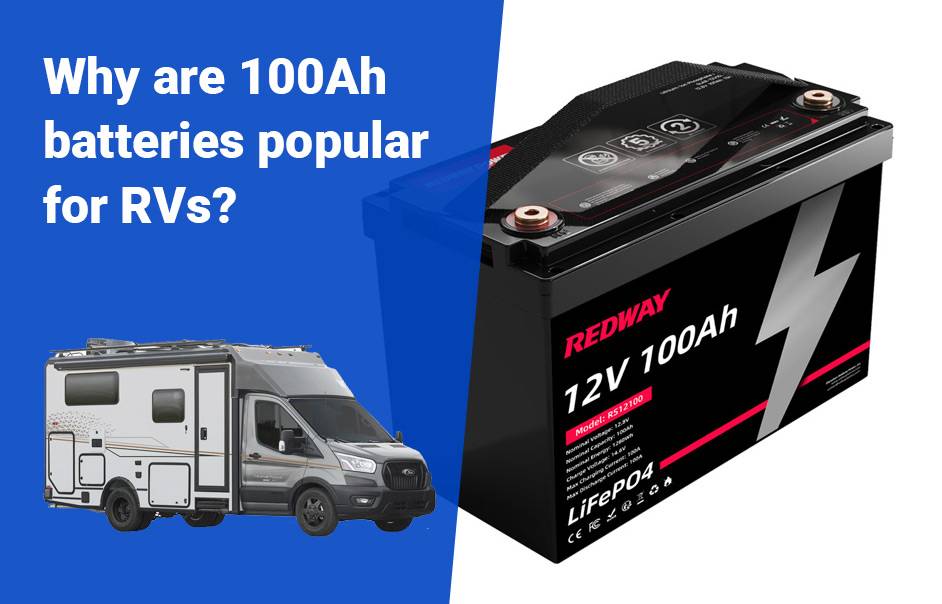
Why are 100Ah batteries so popular for RVs?
100Ah batteries are popular for RVs due to their practicality and efficiency. These batteries are favored in the RV community because they offer a significant capacity without being overly heavy or cumbersome to handle. With the capability to power essential devices such as lights, charge electronic devices, and operate small appliances, the 100Ah battery strikes a balance between capacity and portability that makes it an ideal choice for RV enthusiasts. Additionally, their affordability and compact size further contribute to their popularity among RV owners looking for a reliable power source that meets their needs while on the road.

